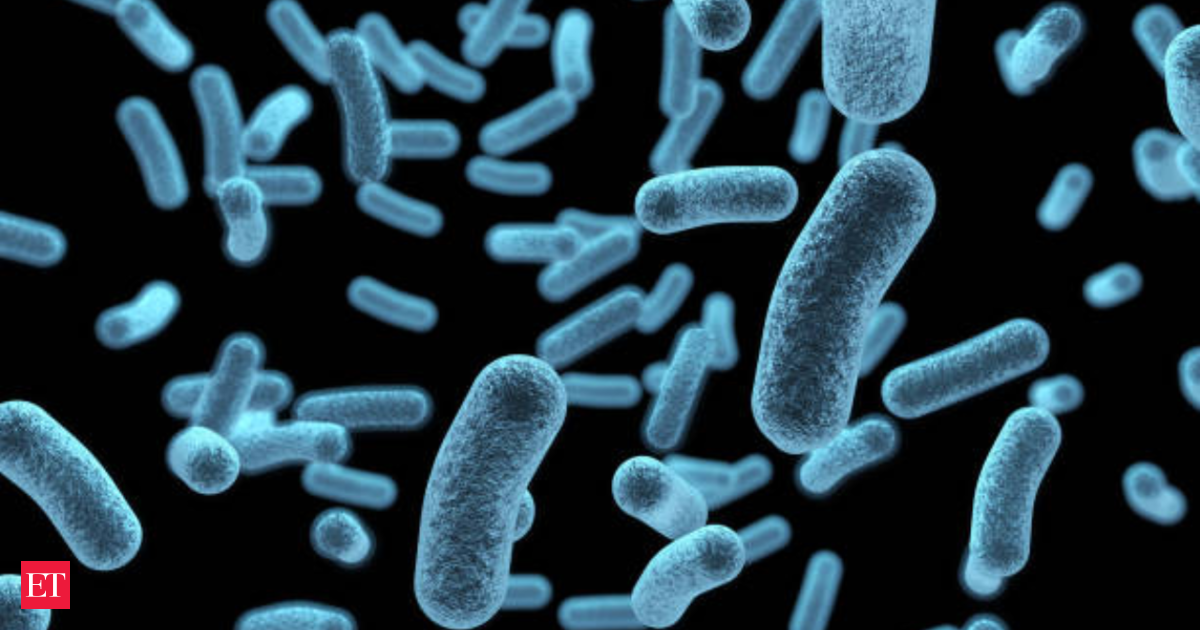The state’s health department confirmed that a dangerous flesh-eating bacteria has claimed the lives of four people in Florida and a total of 11 infections have been reported in 2025.
Vibrio vulnificus in Florida
According to the US Centers for Disease Control and Prevention (CDC) states, vibrio vulnificus is part of a wider group of Vibrio bacteria, which are found in coastal waters. It typically lives in warm, brackish seawater, and can enter open wounds when people are swimming.
ALSO READ: Coldplay concert dates in US: A look at ticket prices at Camp Randall Stadium in Wisconsin to be held tomorrow
The Florida health department noted another potential source of infection is raw shellfish, especially oysters. Although infections are rare, Vibrio vulnificus can cause an illness called vibriosis, often marked by vomiting, diarrhea and abdominal pain, as well as potentially severe skin infections, the above source cautioned.
According to CDC’s website, signs and symptoms of a Vibrio skin infection include fever, redness, pain, swelling, warmth, discoloration and discharge. While healthy people generally experience only mild symptoms, those who are immunocompromised or have chronic liver disease can face serious health risks.
In case the bacteria enters the bloodstream, it can cause septic shock, fever and painful skin blisters. Nearly 50% of such cases are fatal.
The Florida Health Department reports that although these numbers are down from last year, 2024 saw a rise in vibriosis cases due to the impacts of Hurricane Helene, which caused flooding and increased contact with contaminated water. In 2022, there was a similar spike after Hurricane Ian.
‘Flesh eating bacteria’: Diagnosis and Treatment
Some severe cases can cause an infection called necrotizing fasciitis, which is when the flesh around an open wound dies, the CDC cautions. This rare side effect has led to Vibrio vulnificus being described as a “flesh-eating bacteria.” No cases of person-to-person transmission have been reported, Florida Health stated.
The bacterial infection is diagnosed by testing cultures obtained from stool, wounds or blood, according to health officials. For mild infections, the CDC recommends increasing fluid intake to prevent dehydration. Surgery may be necessary to remove dead tissue if you are infected with wounds.
“Aggressive attention should be given to the wound site; for patients with wound infections, amputation of the infected limb is sometimes necessary,” Florida Health stated. About one in five people will die from the infection, sometimes within a day or two of illness, the CDC states.
Prevention tips for ‘flesh-eating bacteria’
-Don’t enter saltwater or brackish water if you have any fresh cuts, scrapes and wounds, warn health officials.
-It’s also recommended not to consume raw oysters and other raw shellfish, and to avoid cross-contamination of other foods with raw seafood or its juices.
-Protective gloves should be worn when handling raw shellfish.
-Those with liver disease, cancer, diabetes, HIV or thalassemia (a group of hereditary blood disorders) — as well as those who are taking immune-suppressing medications — are at a higher risk of complications and should take extra precautions, the CDC warns.




